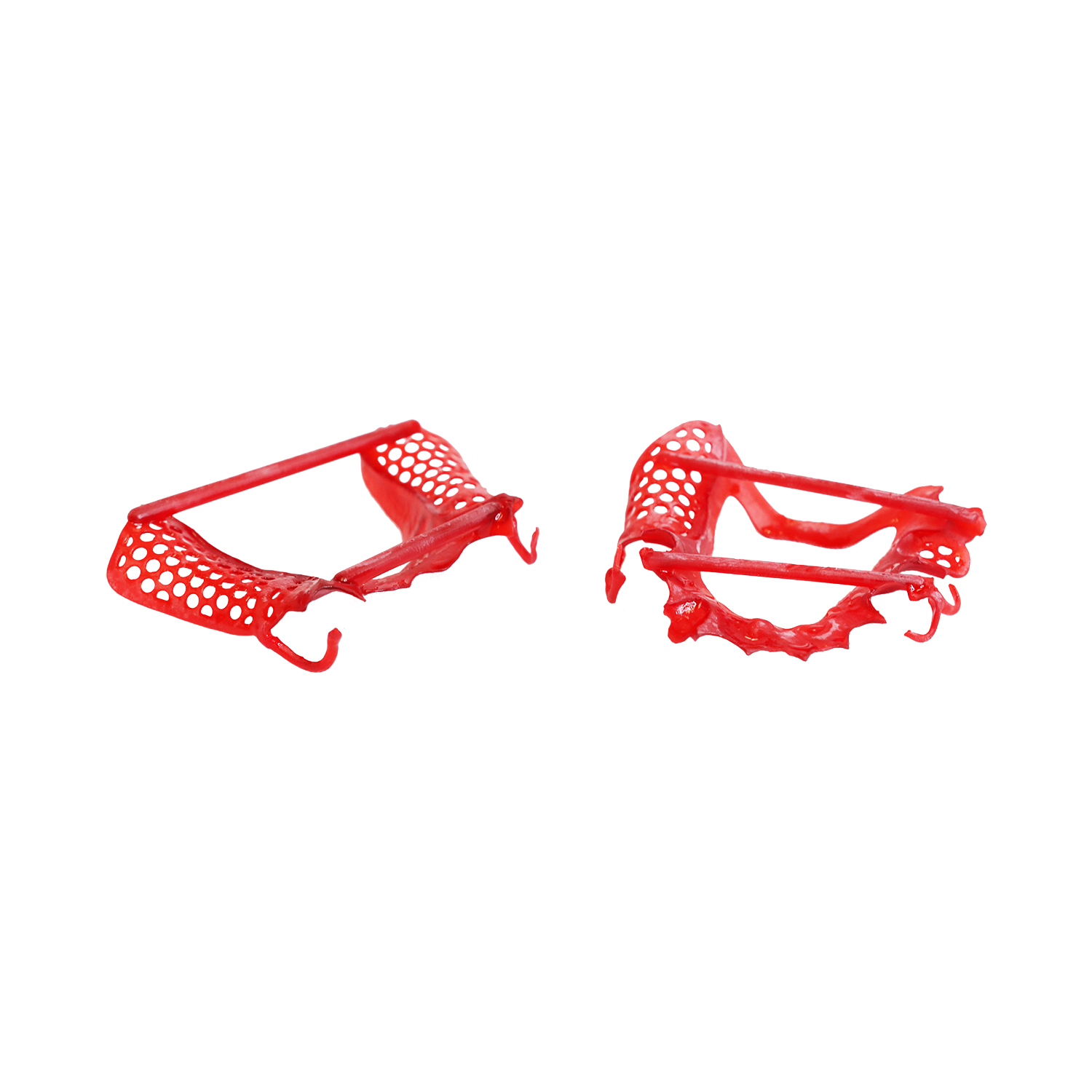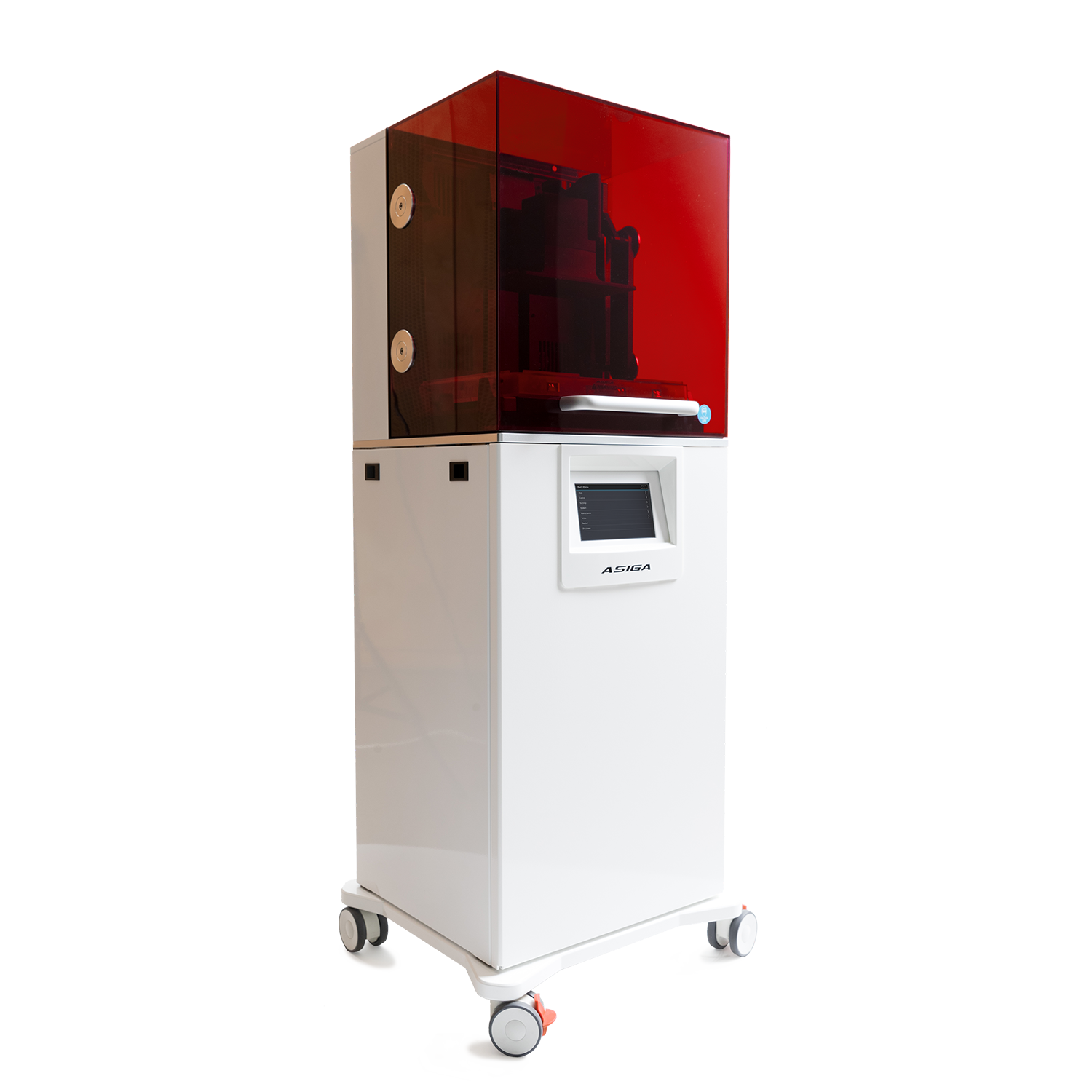Historically, splints have been hand processed, vacuum formed, injection molded, and even milled, but today, the technology almost mandates 3D printing. That’s simply because the additive technology lends itself to dental labs who are processing more than one or two units in a day. But, more important than how they are made is what they will be made of. Should they be hard, soft, or a combination of both?
There is definitely a place for each of the options and it is a clinical decision based upon the splint application. Splints are most commonly categorized into three main types; hard, soft, and bi-laminar. Learn about each of the 3 types and their applications in the Blog Splints: When to Use What.










.jpg)


Leave a comment